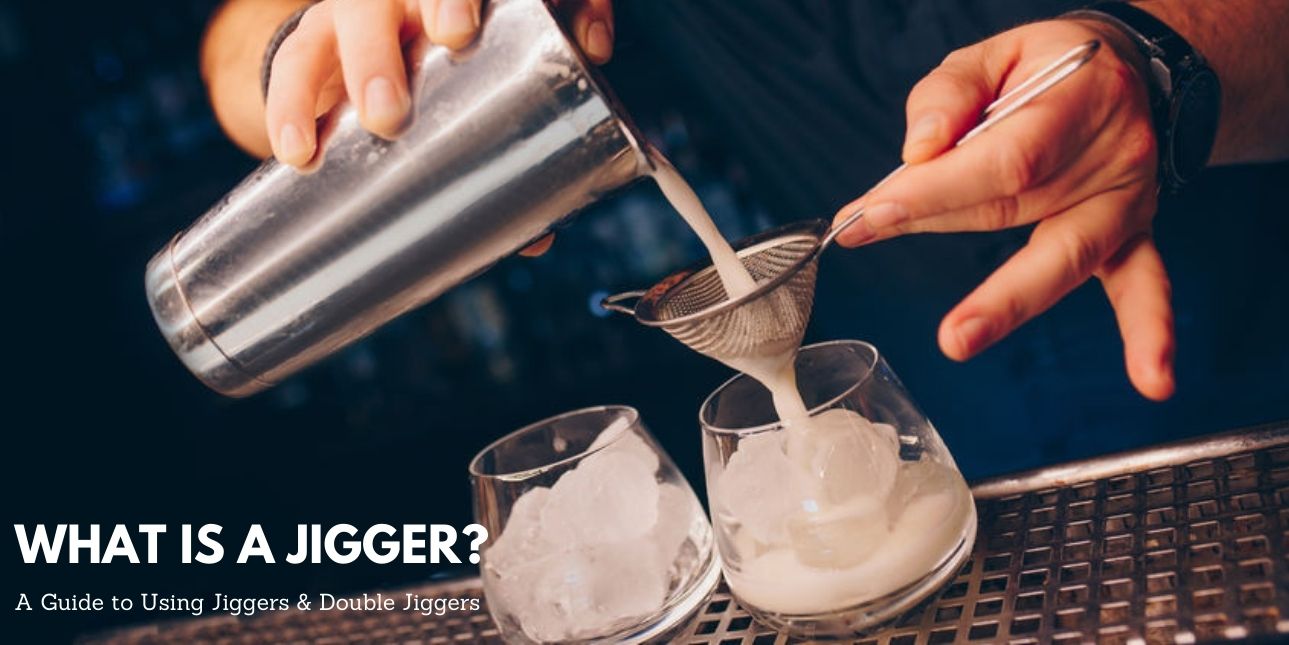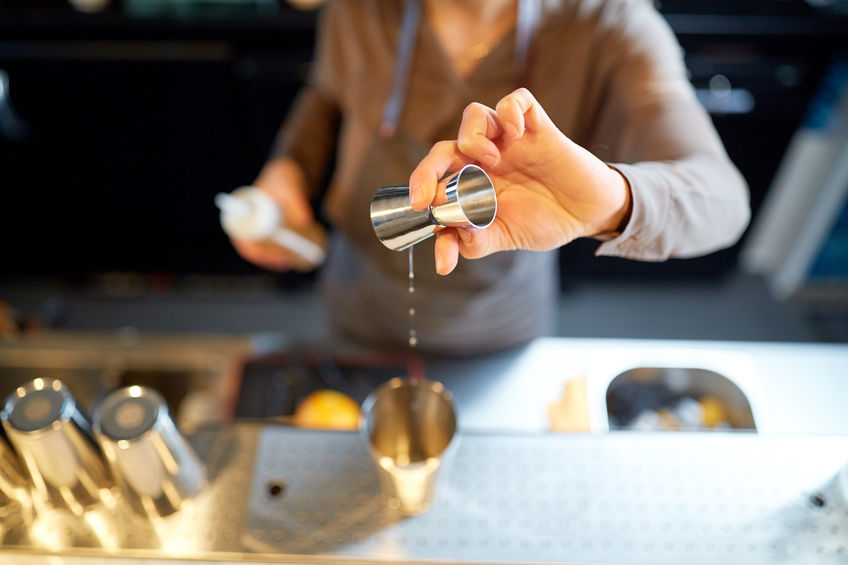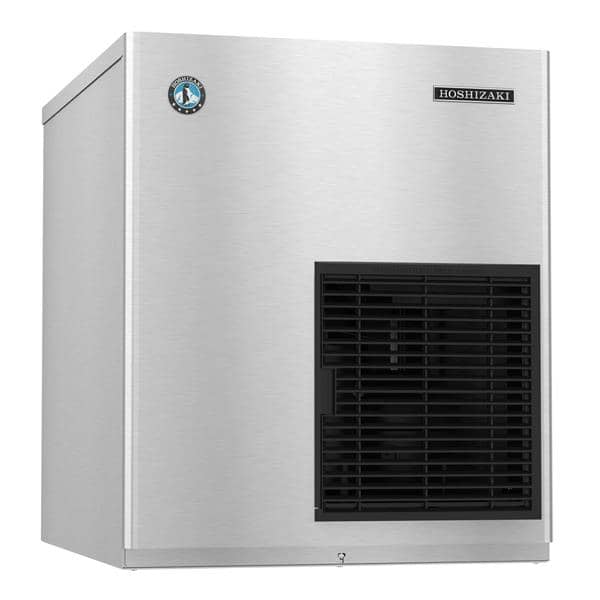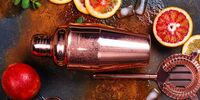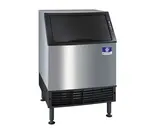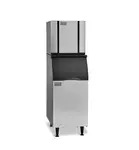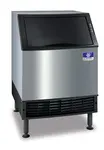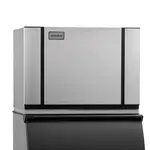When your mixologist has several customers to serve each day, there are bound to be bottles upon bottles of alcohol they run through. Your bar must serve the right amount with each pour, if a customer’s over-served per pour, you encounter losses; conversely, less than standard pours will leave you with a dissatisfied customer. So how do you avoid this? The answer lies in the jigger,. and it’s exactly what every bar needs. It’s a simple, ergonomic tool that helps your bartender measure each drink accurately, without over-serving, spilling, or tampering with the alcohol. Read on to know more about jigger size, jigger measurements, and tips on how to use a jigger.
History & Origins of the Jigger
Until the year 1893, tiny glasses were the standard tools used to measure drinks and pour them. All of that was set to change when Cornelius Dungan from Chicago patented a seemingly simple, yet much-needed device we know today as the jigger. The double-sided jigger effectively ended the frequent messes created by small glasses and 2 oz. cups. The first double-sided jigger came with two inverted cones set upon a common base. Though there exist several variations with double jiggers today, the classic design from 1893 is very much in use in several bars across the world.
Jigger Size & Jigger Measurements
It’s important to know the size and measures of standard pours before we know how many ounces in a jigger and how many shots in a jigger there are. Most North American bars serve 1.5 oz as standard pours. This varies when it comes to places that serve craft liquor or if it’s a top-end locale. While pony shots measure only 1 oz. on the pour, neat and on-the-rocks drinks come with 2 oz. pours that are served with clear ice cubes, whereas cocktails and shots are each 1.5 oz pours. Doubles, as the name would suggest, are 3 oz. pours. Now, how many ounces are in a jigger? The answer’s straightforward: while the larger cone holds 1.5 oz, the smaller cone holds 0.75 oz of spirits. A jigger ounce is 1.5 oz., the common measure in the larger cone. If you were to wonder how many shots in a jigger there are, it’d be one shot in the larger cup and half a shot in the smaller one.
Common Pours for Popular Spirits
Though jiggers come with measurements marked on either the external or internal surface, your bartender must know the standard pours for drinks commonly ordered by your customers. Drinks like whiskey usually are rocks pours and come with a 2 oz. pour and 3 oz. if it’s a double. Cocktail jiggers, like regular jiggers, use a 1.5 oz pour. Vodka, gin, and tequila, commonly served in shots, are also 1.5 oz. pours. A key variation to note here is champagne, as the drink is commonly served with a 4 oz. pour per glass. These measurements are integral to understand how to use a jigger and also to settle confusions between a jigger vs. shot.
Jigger Types & Variations
Though jigger size is standard, there exist popular variations that come with their uses in a bar; some of them include:
Single Jigger: Single jiggers are small units that measure around 1.5 oz. in capacity and typically serve a shot’s worth of spirit. They’re some of the most widely used measures in bars, but they can get tedious to use during rush hour.
Double Jigger: These jiggers have both the 1.5 oz. cup and the 0.75 oz. cup in a single piece. Modern variations of this classic design have also incorporated 1 oz. and 2 oz. alternatives in nations with different liquor serving laws. Ideal for rush hours and packed nights, these jiggers can be turned over and over to make multiple pours in a matter of seconds. The combination of both the large and small cup add to the bar’s speed of delivery and makes sure your mixologists are running a smooth operation.
Japanese Jigger: Japanese jiggers come in conventional sizes; however, they tend to be narrow in diameter and are taller. This improves the convenience of operation and reduces the risk of spills. These jiggers help your bartenders pour out drinks safely as they have a larger surface area to hold while making pours.
Bell Jigger: When you’re looking for a jigger with better grip and delicate design, a bell jigger is a perfect pick. They come with rounded cups instead of angled cones and also have a holding stem as the base between both cups. These jiggers are perfect for precise and careful pours.
Stepped Jigger: Ideal for neophyte bartenders, these jiggers are superior in the design for providing a simple guide to jigger size and jigger ounce by incorporating steps into the internal surface. These steps are marked with volume and can be viewed both from the external surface and from above.
How to use a Jigger
Although straightforward, using jiggers can be quite a task to master. Though the jigger has convenient designs to avoid mishaps, the art of pouring is acquired over time and there are a few points to keep in mind when to make sure you make sure every last drop in the bottle gets served.
A two-finger grip is ideal for holding a jigger. Your mixologist can either use their index and thumb or their index and middle finger while starting to learn how to use a jigger. This is especially important when they’re figuring out how to use a double jigger.
Using a precision pour attachment over the bottles can both be time-saving, and a two-factor precision tool, as these pourers serve the exact amount of liquor into the jigger from the bottle. The jigger then validates the pour thanks to its measurements.
Placing the jigger close to the rims of the glasses and cocktail shakers helps you avoid spillages and reduce the time taken per pour.
Simple overturning movements help your bartenders complete serves gracefully by flipping their wrists.
Jiggers need to be filled so that the right pour is served. Mixologists that are just starting can practice pours by using empty bottles filled with water.
Be sure to weigh in plenty of options before you select a particular style of jigger. Various styles of these measuring units are available in the market and come in varying prices. Before making a choice, make sure you know how much is a jigger and avoid paying above the running market rate for these cups. Jiggers and double jiggers are essentials at the bar, not only because they save you money by serving accurate pours, but they also make your bar staff’s job easier and save time. This helps your bartenders take care of more customers, directly helping you do better with the register. Whether it’s a bell jigger, double jigger, or a Japanese jigger, using one at the bar is bound to help you raise the standards of your establishment.

